50 x 61 without frame
62.5 x 73.5 with frame
Signed and dated 26 lower left
From this time, Villeri developed a personal style deeply marked by a search for structure, volume and material, which is part of modernist trends while remaining independent of schools. Here, the terraced houses, the snow-covered roofs, the dark masses of olive trees, and the leaden sky are treated in a sober palette, with muted ranges of gray, ochre, and brown, which gives the painting a silent density. Dated 1926, this painting is set in Villeri's early active years, at a time when modern art was undergoing a profound transformation. While Cubism had already imposed a new vision of pictorial space, many Mediterranean artists sought to reconcile formal modernity and fidelity to their terroir. Villeri, then a young artist of 25, followed this demanding path: he abandoned easy effects to structure space, simplify forms, and express the essence of a place. Cagnes, which had attracted Renoir, Foujita, and so many others, became under his brush a mental and poetic place, much more than a simple motif. His approach is reminiscent of the parallel approaches of Charles Camoin, Louis Valtat, or the early days of Nicolas de Staël, although he retains a singular voice. He would later be associated with the School of Nice, without ever merging into a group, remaining solitary, rigorous, and profoundly Mediterranean.


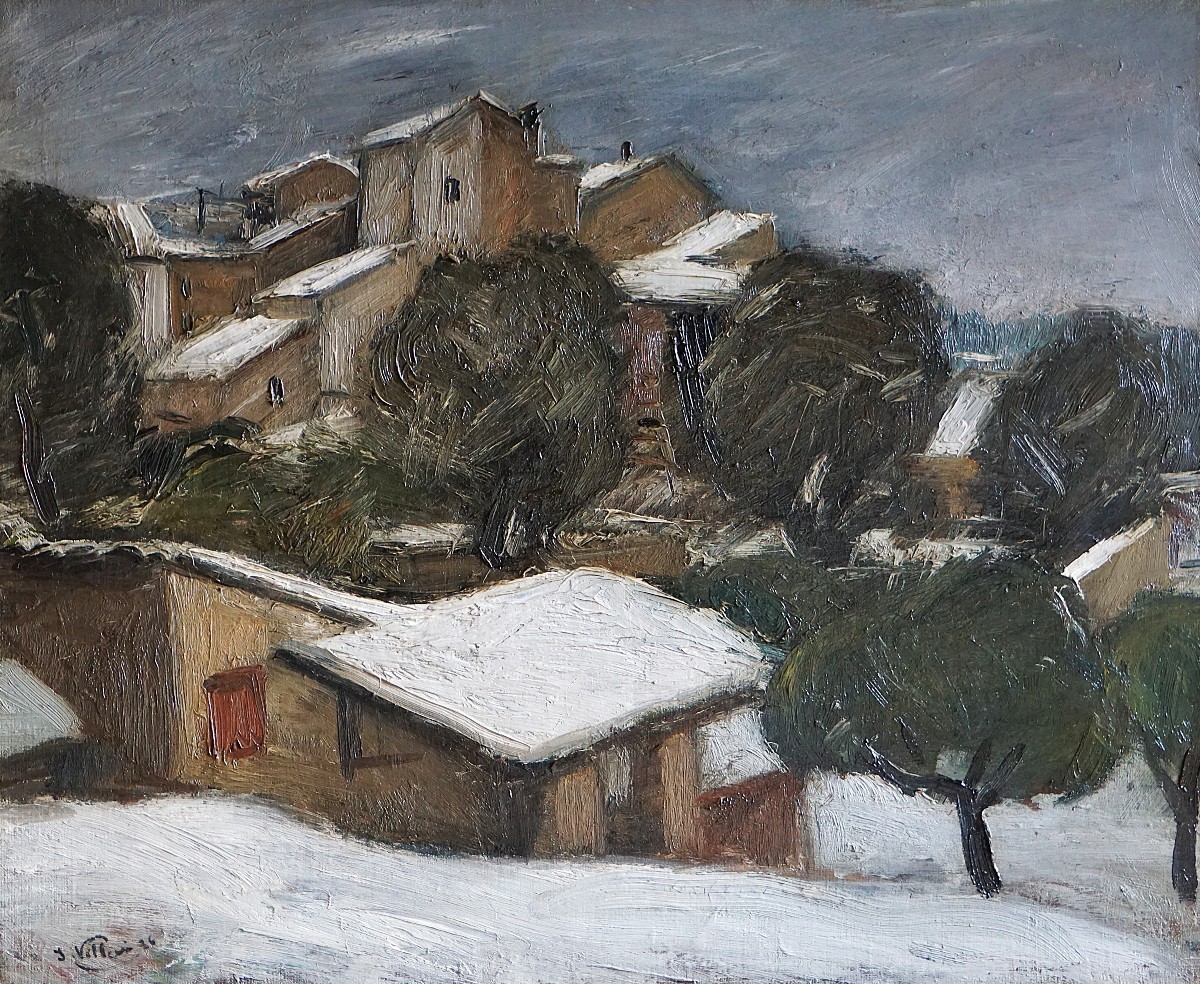
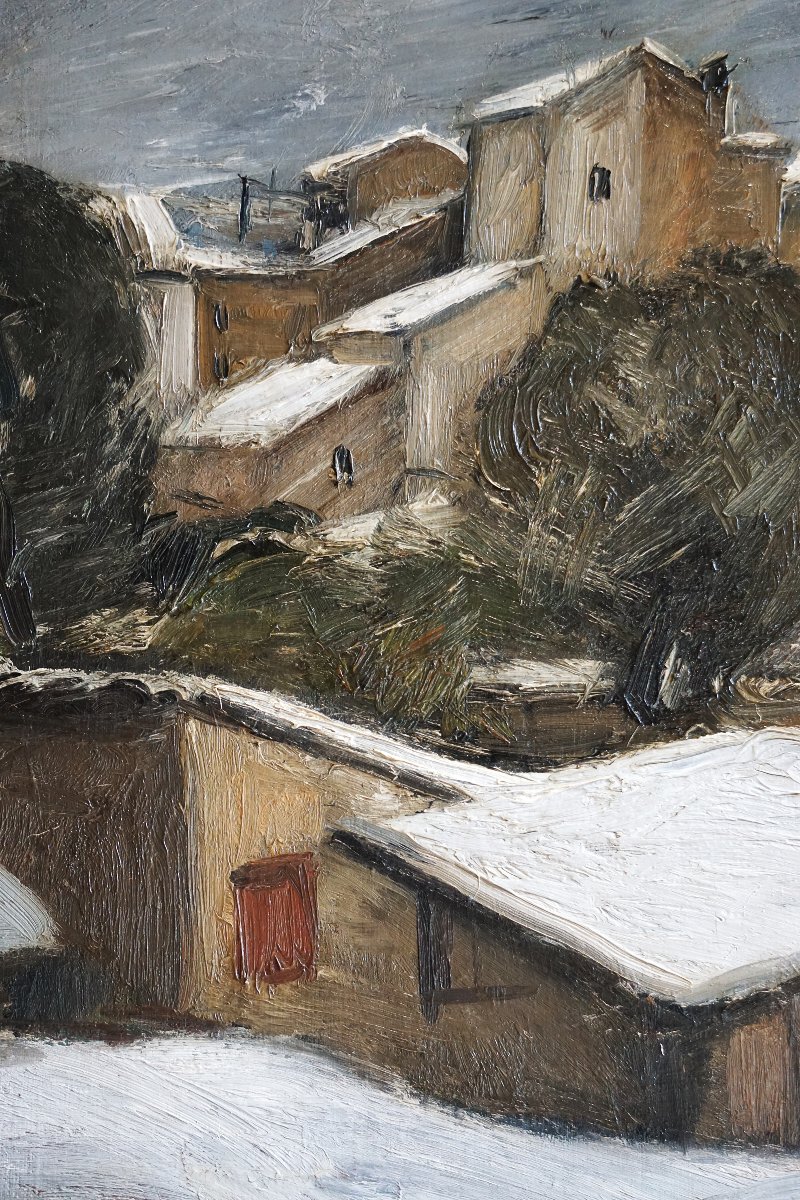

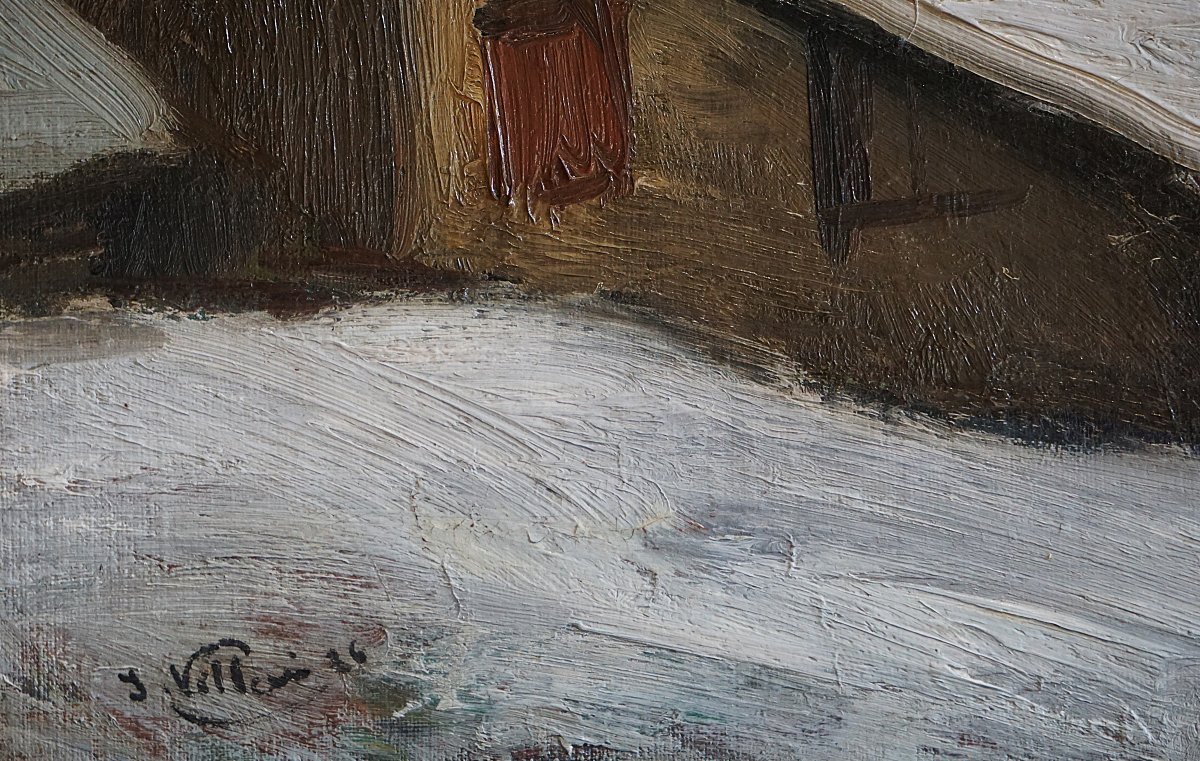


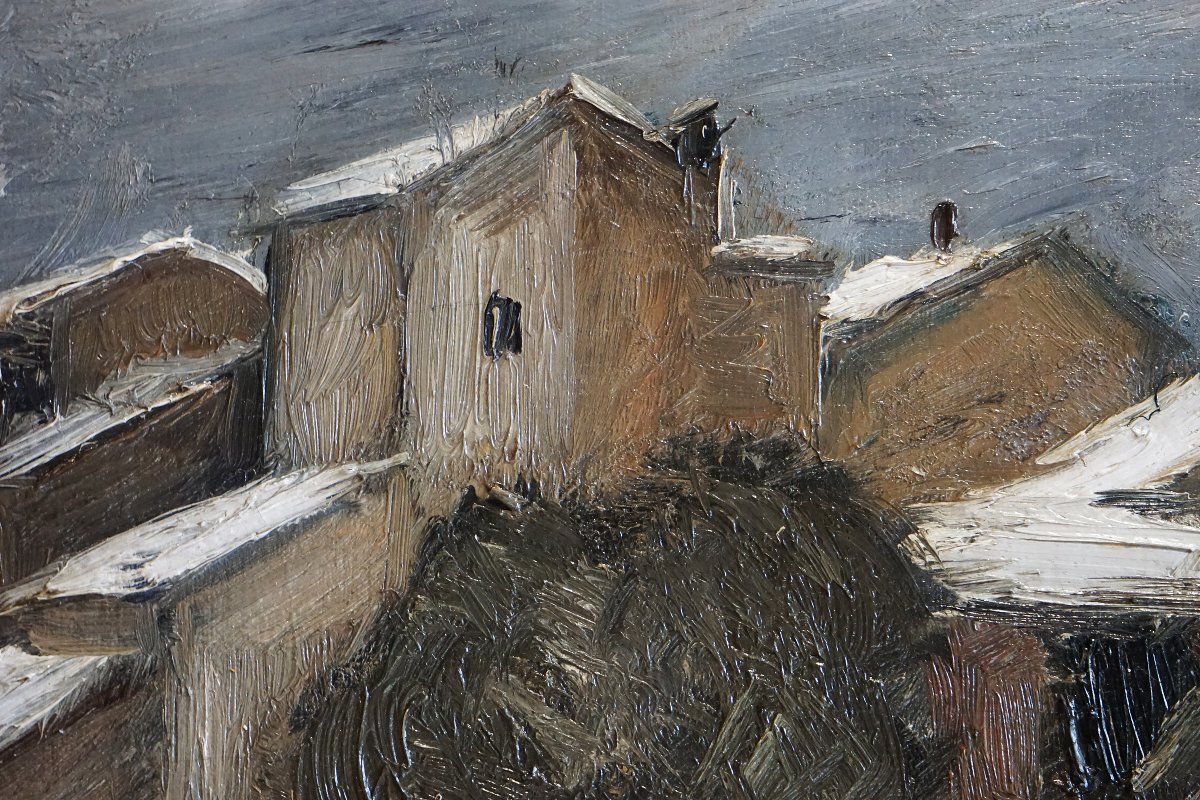

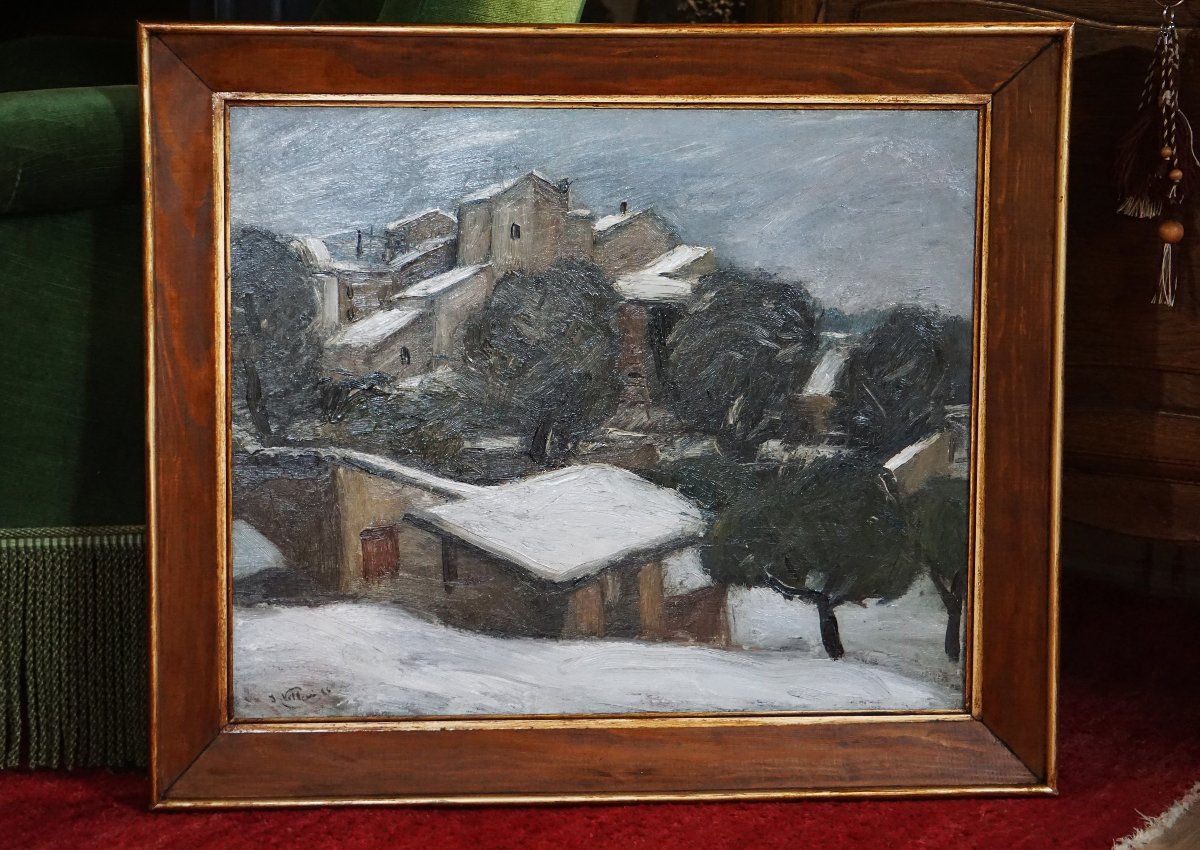
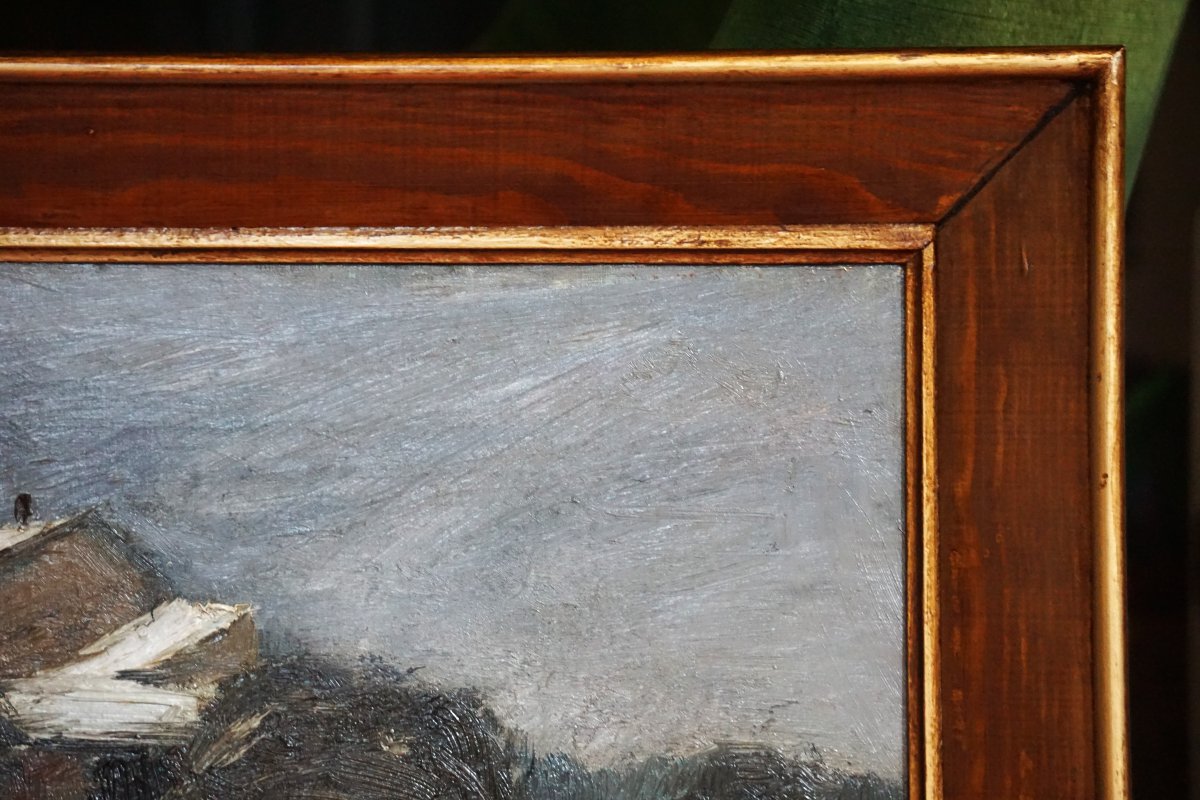


















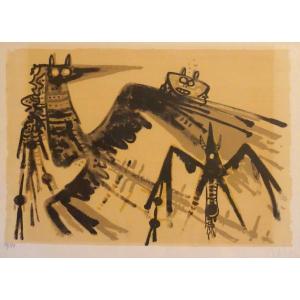

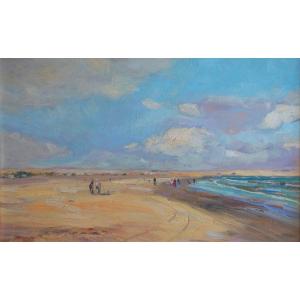
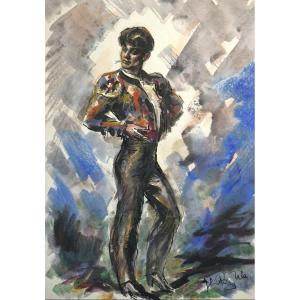



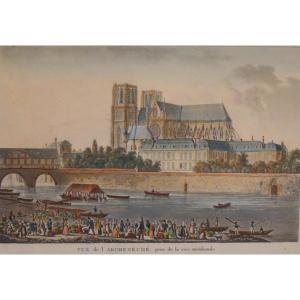

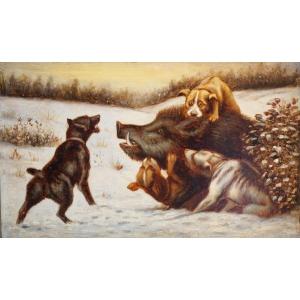










 Le Magazine de PROANTIC
Le Magazine de PROANTIC TRÉSORS Magazine
TRÉSORS Magazine Rivista Artiquariato
Rivista Artiquariato